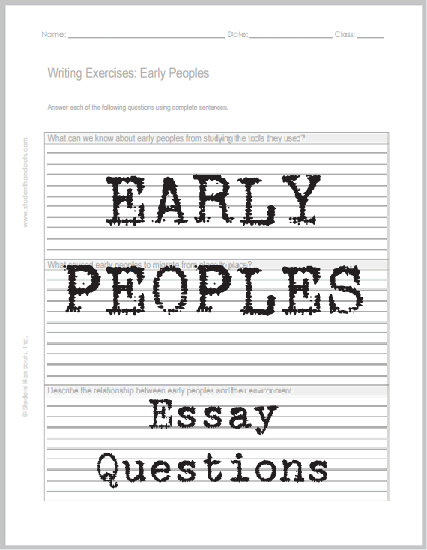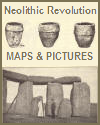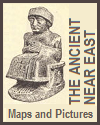| Early Peoples Writing Exercises |
|---|
| www.studenthandouts.com > World History > Early Humans > Early Humans Worksheets |
|
Free printable worksheet of essay questions on early humans. Answers will vary. (1) What can we know about early peoples from studying the tools they used? (2) What caused early peoples to migrate from place to place? (3) Describe the relationship between early peoples and their environment. |
|---|
 |
 |
|---|
|
Click here to print (PDF file). Answers will vary. Studying the tools early humans used provides valuable insights into various aspects of their lives and the evolution of our species. Here are some of the key things we can learn about early humans from the tools they left behind. Technological Advancement: The development and refinement of tools over time demonstrate the technological advancement of early humans. Changes in tool design and complexity reflect their cognitive and problem-solving abilities. Cultural Complexity: The types of tools used and the way they were made and used can reveal aspects of the culture and social organization of early human groups. For example, the presence of specialized tools may indicate the division of labor within a society. Adaptation to Environment: Tools are often adapted to specific environments and ecological niches. The types of tools used can provide information about the habitats and regions early humans inhabited, as well as their strategies for exploiting resources. Diet and Subsistence Strategies: Tools used for hunting, fishing, gathering, and food preparation can offer insights into the dietary habits and subsistence strategies of early humans. For example, the presence of spear points suggests hunting, while grinding stones indicate the processing of plant foods. Migration and Movement: The distribution of certain types of tools can help trace the movements and migrations of early human populations. Archaeologists use tool assemblages to map the spread of Homo sapiens across continents. Cognitive Abilities: Tool-making requires planning, organization, and the ability to conceptualize and execute designs. The sophistication of tools can provide indirect evidence of early humans' cognitive abilities and problem-solving skills. Social Interaction: The sharing of tool-making techniques and the use of standardized tools can indicate social interaction and cultural transmission within early human groups. These processes may have contributed to the spread of knowledge and technologies. Use of Fire: Evidence of tools for making and using fire, such as fire-starting tools or charred plant remains, can reveal when early humans mastered fire and how they utilized it for warmth, cooking, and protection. Artistic Expression: Some tools, such as those used for carving or engraving, may have been used for artistic purposes. These artifacts provide insights into the artistic and symbolic aspects of early human culture. Timeline and Chronology: Tools found in archaeological contexts can be dated using various dating techniques (such as radiocarbon dating), helping researchers establish timelines for human occupation and cultural developments. Interaction with Other Species: Tools used for hunting or defense may provide evidence of early humans' interactions with other species, such as megafauna. Studying these tools can contribute to our understanding of prehistoric ecosystems. Economic Systems: The presence of tools related to economic activities, such as trade or craft production, can provide insights into the economic systems and trade networks of early human societies. Overall, the study of tools used by early humans is a foundational aspect of archaeology and anthropology. It allows us to reconstruct aspects of their daily lives, technological innovations, and cultural practices, shedding light on the complex and dynamic history of our amazing species. |
|---|
| Early Humans Books and Films | Early Humans Outlines and PowerPoints |
| Early Humans Maps and Pictures | Early Humans Study Games |
| Early Humans Miscellany | Early Humans Worksheets |
| www.studenthandouts.com > World History > Early Humans > Early Humans Worksheets |











